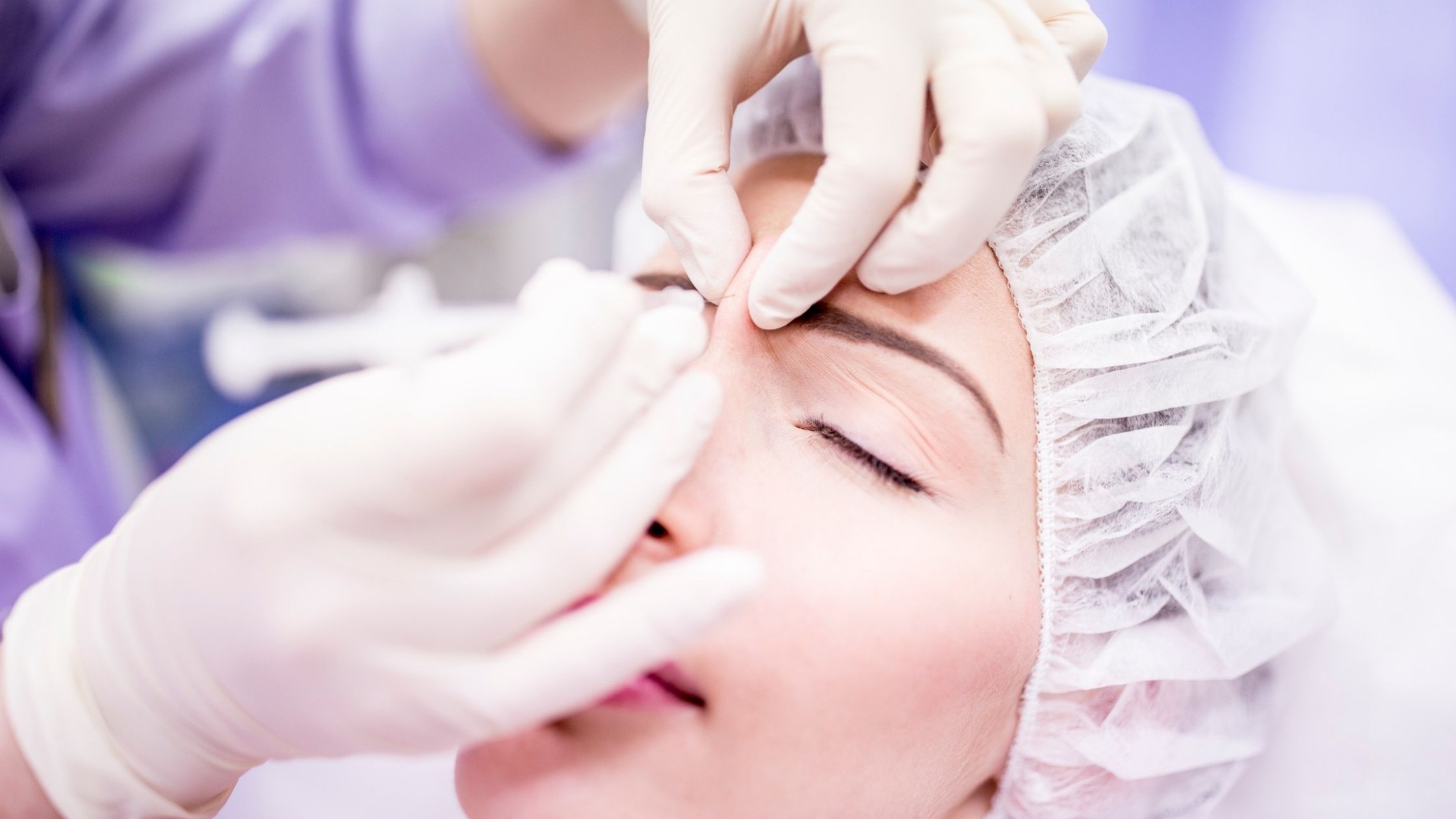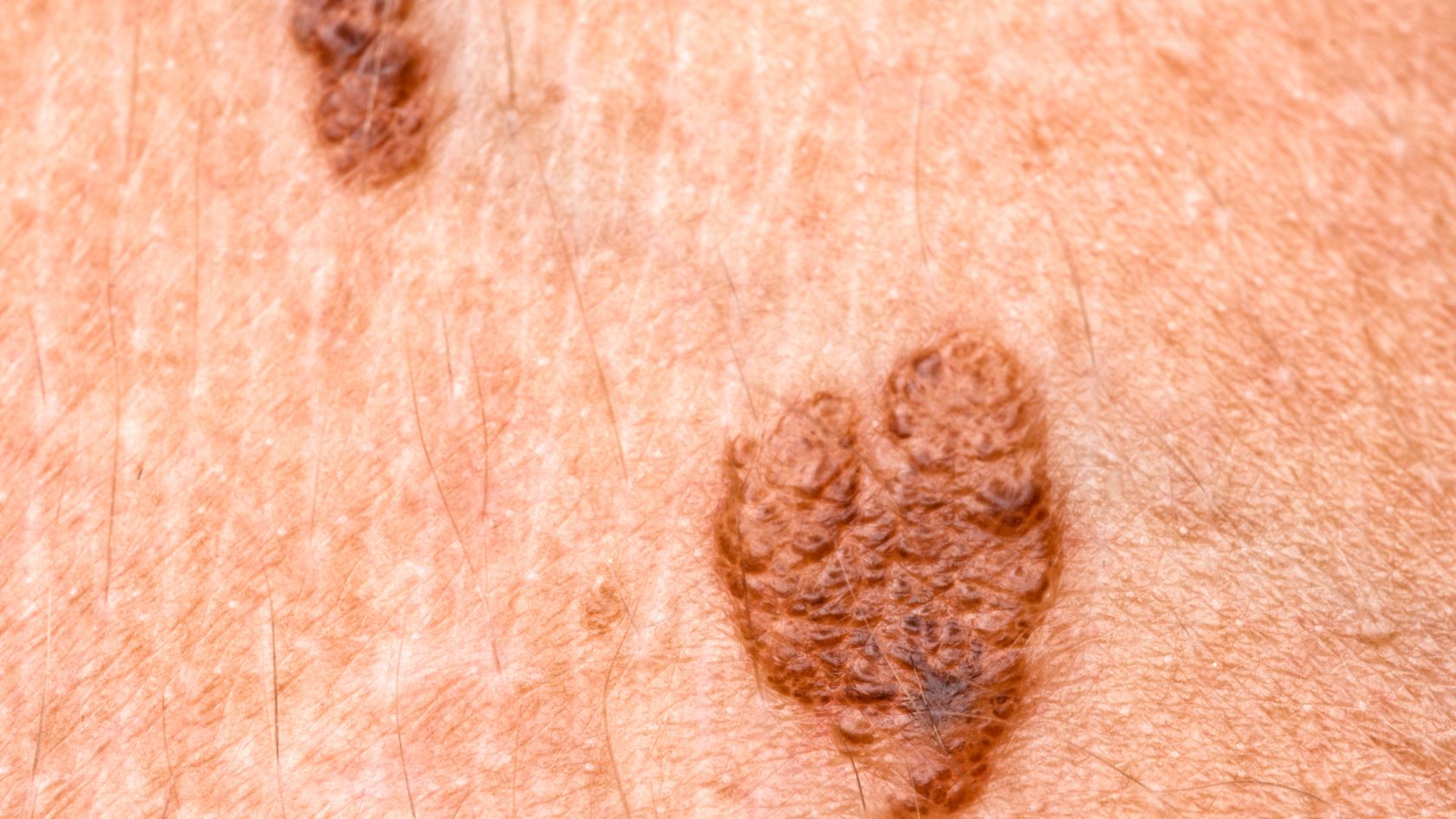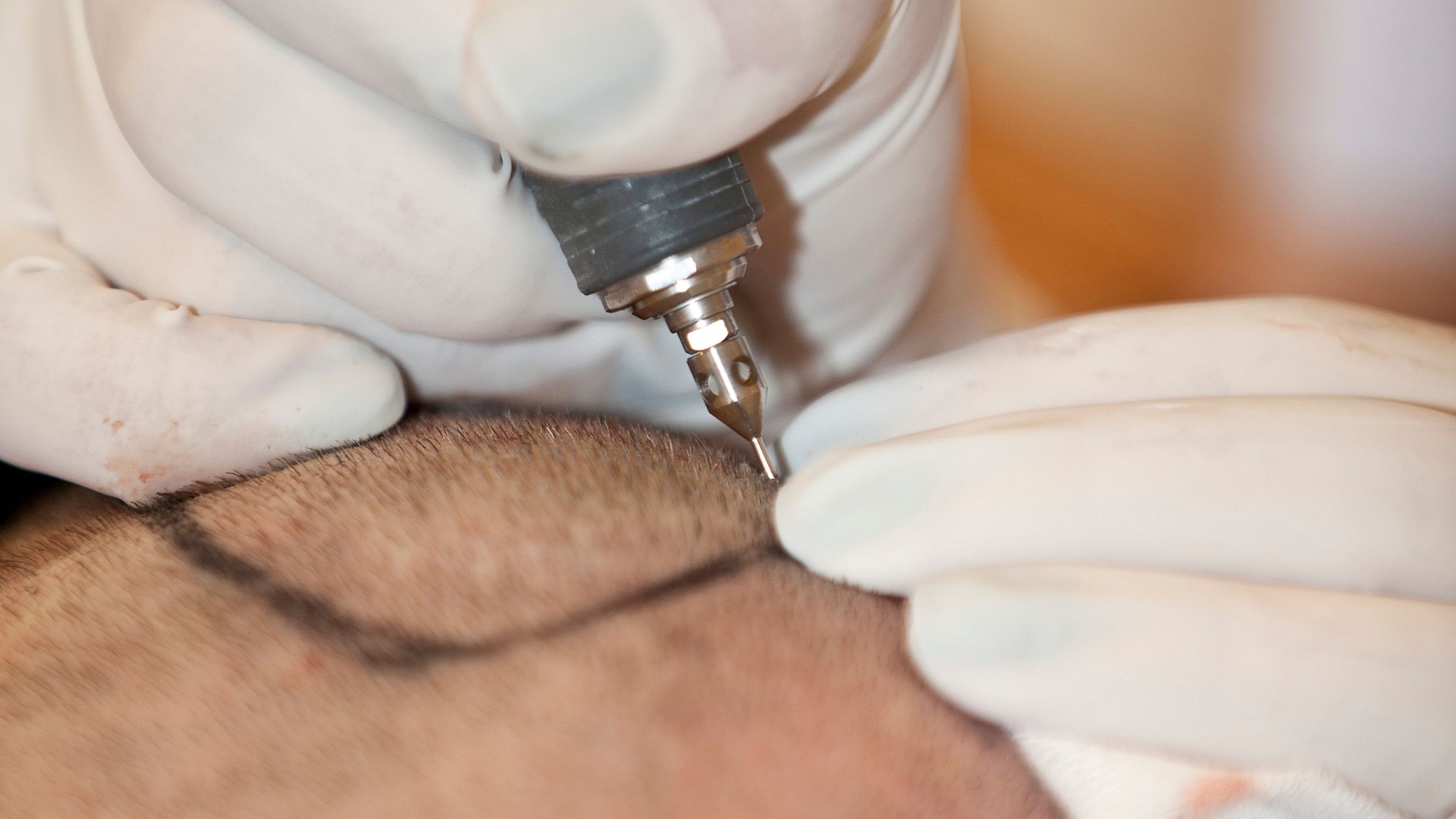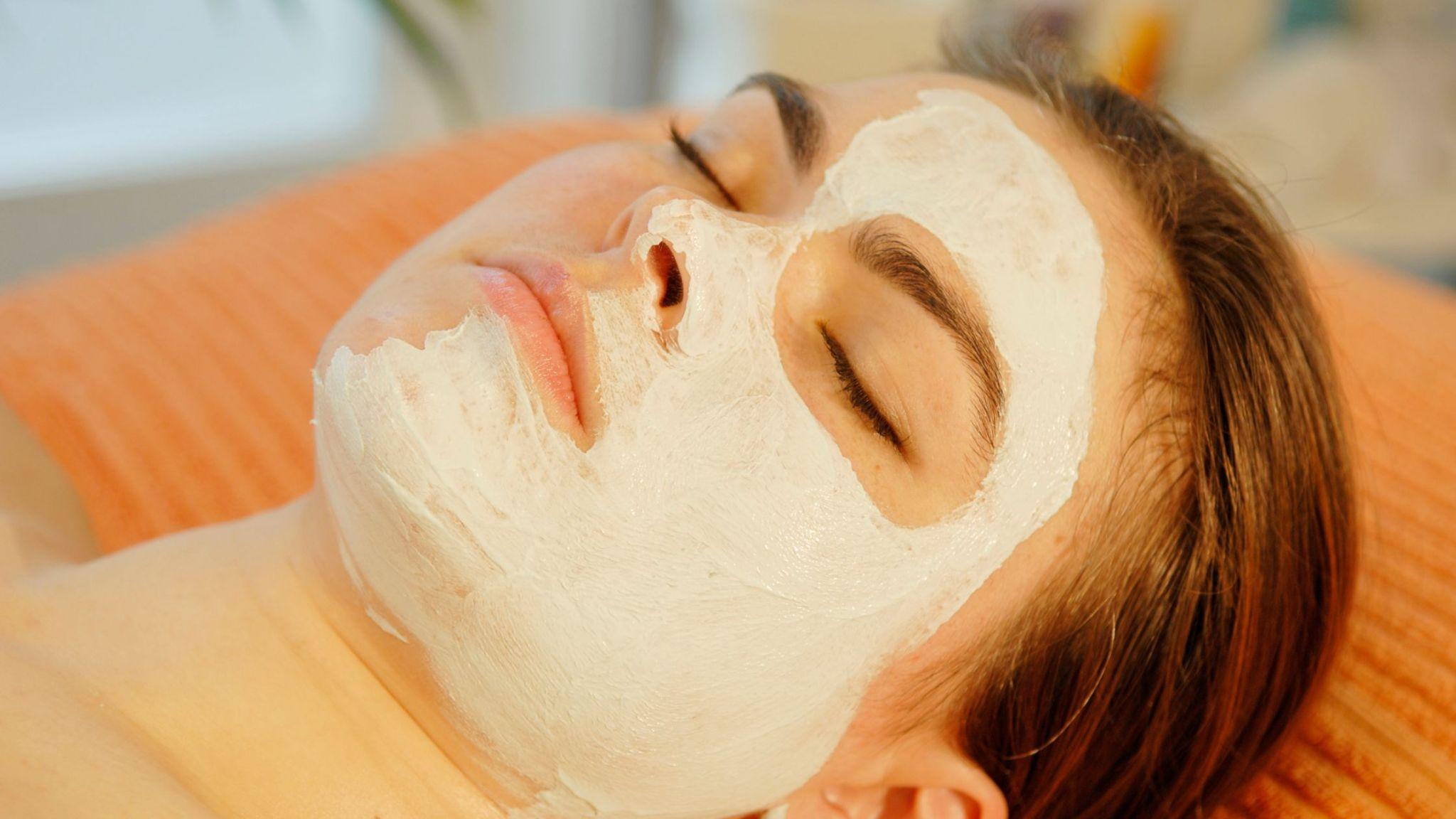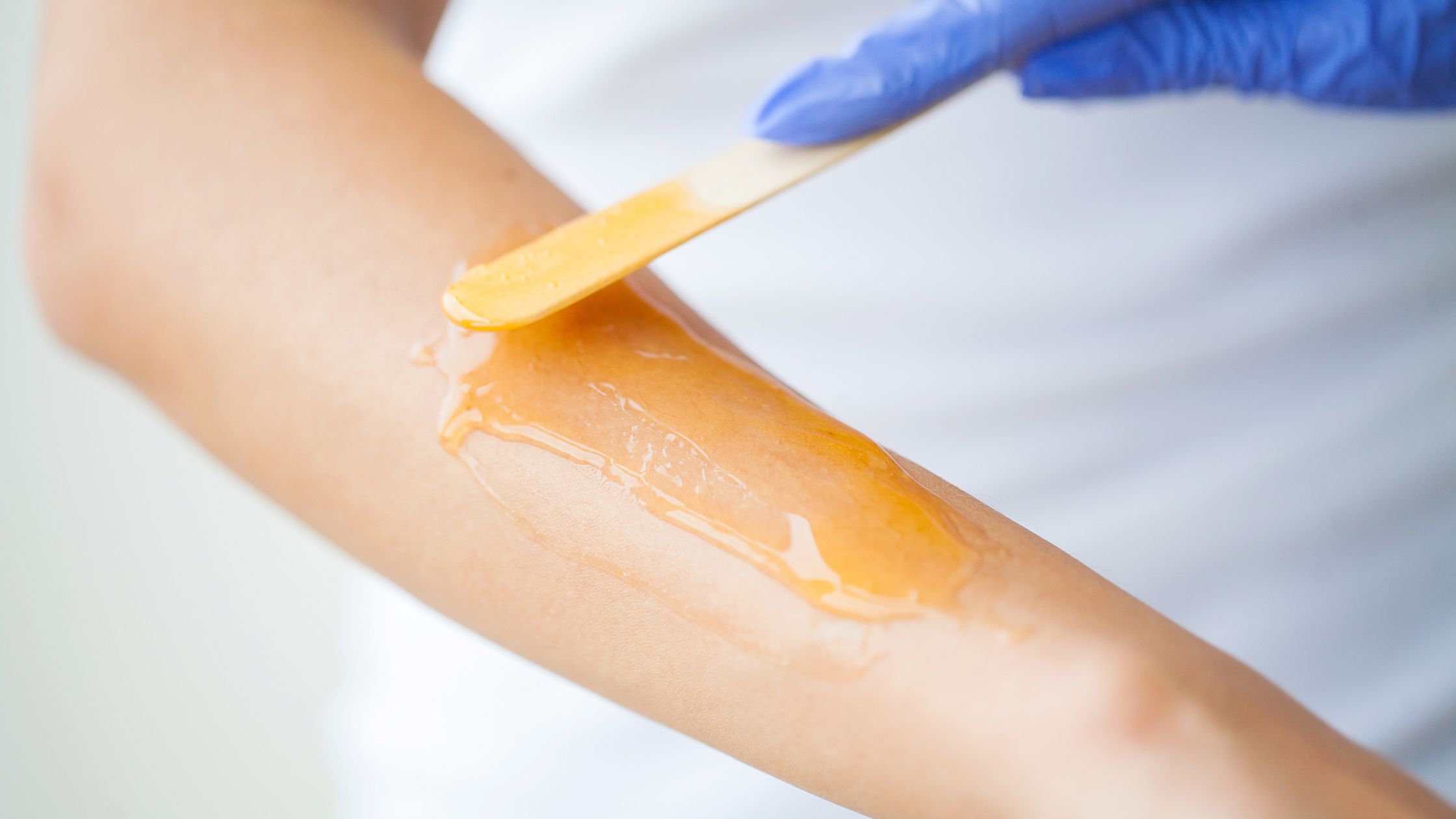1. Mobile-Phone Dermatitis
Dermatitis is inflammation of the skin. Unfortunately, your phone also leads to this condition. Recent studies reveal that holding your phone close to your skin can lead to swelling, redness, itching, blistering around the cheekbones, ears, jaw, or hands. In fact, there is a name for this – Mobile Phone Dermatitis.
It has been found that this condition is triggered by metals like Nickel and Chromium, which are commonly found in mobile phone casings. The easiest way to avoid this condition is by using hands-free devices like Bluetooth headsets while attending a call. Another option is to put your phone on speaker mode whenever possible. This will reduce direct skin contact.
2. Premature Wrinkle-ation
There was a time when wrinkles were a concern only for the older generation. It’s not the case today. Thanks to smartphones, even people in their 20s are noticing early signs of aging. Conditions like crow’s feet around the eyes have become very common among youngsters. Constant squinting at tiny screens leads to fine lines around the eyes.
One way to avoid this condition is by holding your phone at eye level. Also, increase the font size to reduce strain. If possible, incorporate an eye cream with a cooling applicator into your skincare routine. It will be ideal if you could supplement it with a skin-firming cream that will boost collagen production.
3. Acne
Want to hear something shocking? Every square inch of your phone carries around 25,000 germs. In other words, your smartphone is filthier than your toilet seat! Each time you make a call, these germs transfer to your face. They end up clogging pores and triggering breakouts. The best way to address this situation is by wiping your phone daily with an antibacterial wipe. Apart from this, practice good hygiene, especially if you’re sharing devices with others.
4. Phone-Induced Pigmentation
Prolonged phone use causes your device to heat up. You might know this already. But did you know that the warmth can interfere with your skin’s melanin production? Over time, this can lead to dark spots and uneven skin tone. So, try keeping your calls short when possible. If that’s not possible, switch sides frequently when talking to minimize direct exposure and heat buildup.
5. Nighttime Phone Use and Dark Circles
Scrolling through social media late into the night is a ritual for many. But staring at a bright screen in the dark disrupts your brain’s ability to relax. This overstimulation reduces your body’s chance to wind down. Ultimately, it leads to poor sleep quality and, eventually, dark circles under your eyes.
As a best practice, avoid your mobile phone after dinner. Instead of checking WhatsApp or Instagram, spend an hour unwinding with a book or simply relaxing.
6. Blue Light Damage and Skin Aging
Smartphones emit blue light, also known as High Energy Visible (HEV) light. While blue light might seem harmless compared to UV rays from the sun, research shows it can penetrate deeper into the skin layers and cause significant oxidative stress. This oxidative stress leads to the formation of free radicals. They, in turn, damage skin cells and break down collagen and elastin.
Prolonged exposure to blue light has been linked to premature aging, particularly due to a loss of skin firmness. Over time, the skin can appear dull and older than its actual age.
To avoid this, always protect your skin by incorporating antioxidant-rich skincare products. Ingredients like Vitamin C, Vitamin E, and niacinamide help neutralize free radicals. They also strengthen your skin’s defense barrier. Additionally, wearing broad-spectrum sunscreen indoors is a great option. Look for sunscreens labeled “HEV protection” for an extra layer of defense.
7. Tech Neck
The last issue is more related to your posture. You might often find yourself tilting your head downward to check texts or scroll through social media. However, this leads to a unique condition called Tech Neck. In this, the repetitive movement of tilting causes the delicate skin on the neck to fold and crease unnaturally. This often leads to horizontal neck lines and sagging skin under the chin. In fact, it can even lead to the early development of a double chin.
The logic behind this is simple. The neck skin is thinner and has fewer oil glands than the face. This makes it more prone to showing signs of aging when stressed by poor posture. Over time, the repeated bending of the neck accelerates the breakdown of collagen and elastin fibers. They are important for keeping the skin firm and youthful.
To prevent Tech Neck, you can do the following:
- Adjust how you use your phone. Hold your device at eye level instead of constantly looking down.
- Take regular breaks to stretch and strengthen your neck and upper back muscles.
- Do simple exercises like chin tucks and neck rotations
- Extend your skincare routine to your neck area. Regularly moisturize this area just like you do on your face.
Wrap Up
Smartphones are essential to modern life, no doubt. However, it’s important to recognize the hidden toll they can take on your skin. The good news is, with simple changes in habits and a little extra care, you can protect your skin and keep it healthy and glowing. And if you’re looking for expert advice or personalized skincare solutions, Dr. Renu’s Dermatology Clinic in HSR Layout offers advanced treatments and trusted care to help you combat the effects of modern living and love the skin you’re in. Book an appointment now.

